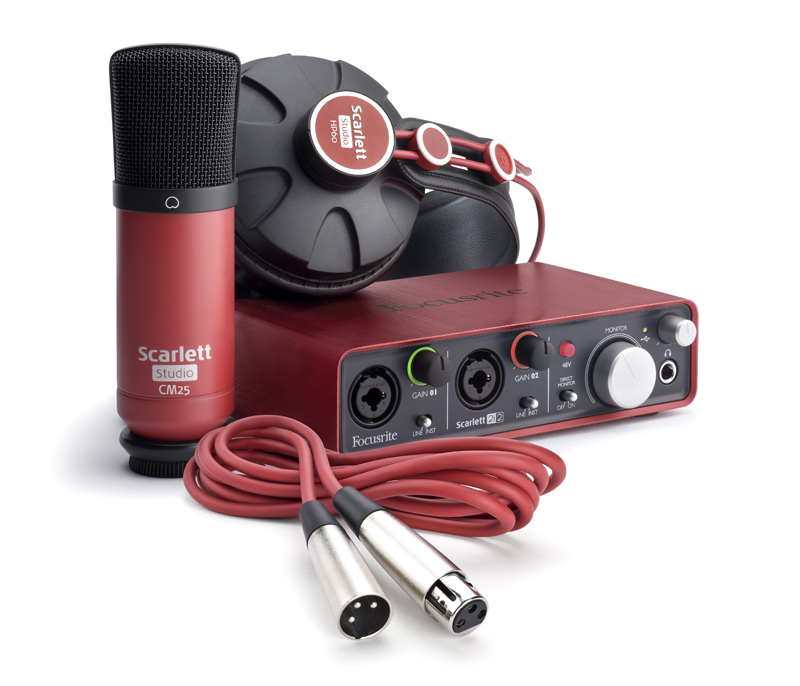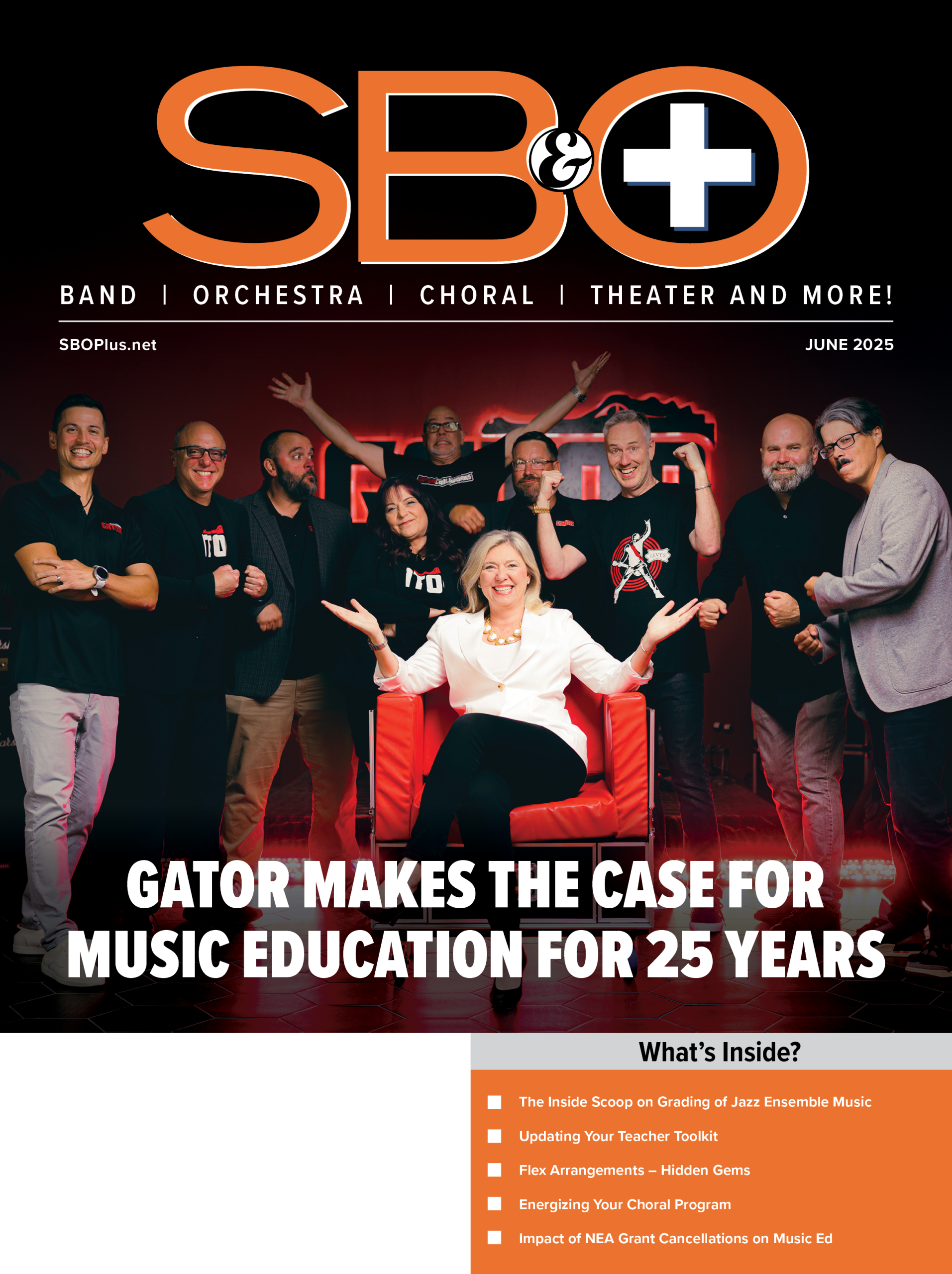How should a school band director measure success? What are the metrics we use to calibrate success? What do schools, communities, and students want from their band experience? Who do we want to believe we are doing “a good job?”
The daily grind of band directing may distract you from these thoughts most of the time, but any teacher who puts in as much time as a secondary school band director does is eventually going to consider the impact they are having on their school, their students, and their community.
How do you measure that impact?
Any dedicated teacher will immediately say this impact is measured by the experience being provided to the student and of course, this is undeniably the correct answer.
Now consider whether your allocation of resources, both monetary and human, supports that answer.
A successful band program is like a popular restaurant with a variety of quality items on the menu. Every community, and therefore every band program, will have different items in different places on that menu. In some programs, chamber music will be an appetizer, in others, it will be an entree. The same will be true of jazz band, indoor drumline, percussion ensemble, or any number of musical activities.
In most high school band programs, the two main dishes always on the menu will likely be concert band and marching band… and hopefully in that order!
Concert band represents the core of musical education, where students learn fundamental techniques. It lays the foundation for musical literacy and expression. On the other hand, marching band adds a dynamic element of performance, blending music with visual precision. It fosters teamwork, discipline, and school spirit, often serving as a public face of the band program in community, regional and national events. It is also competitive which is compelling to many students, parents, administrators and other stakeholders.
Beyond these “main courses” the menu expands to include specialized offerings that should be tailored to the interests and strengths of your kids. For some programs, chamber music ensembles provide unique settings for developing musicians. Jazz band offers a platform for improvisation and exploring diverse musical genres, enhancing students’ understanding of rhythm and harmony. Indoor drumline and percussion ensemble highlight percussive techniques and in programs with lots of percussionists, provide more kids with performance opportunities.
The allocation of these “menu items” depends not only on educational goals but also on practical considerations such as available resources, community preferences, and economic realities.
Community and school priorities certainly influence these choices. For instance, in communities where cultural diversity is celebrated, a robust jazz band program might be prioritized. In contrast, in areas where traditional values and community events hold sway, marching band might frequently take center stage.
However, the most critical consideration in shaping this musical menu is the allocation of resources, resources in time, personnel and funding. Some programs allocate substantial resources to marching band, leveraging its visibility and appeal to enhance recruitment, advocacy, and fundraising efforts. The investment in marching band, often intertwined with local football culture, can create strong community ties and generate support for the broader band program. I’ve told myself more than once while writing a big marching band related check you have to “spend money to make money!”
And there is no denying this is a delicate balance to strike. In schools with limited resources, often in urban or rural settings, band directors face tough choices. Is it more beneficial to invest in amplification equipment for my marching band to elevate overall volume and “keep up with the Joneses,” or is it more valuable to prioritize individual instruction through funding private lessons and masterclasses? Now I realize that is a loaded question but in many places worth considering!
In concert season is your focus on perfecting 3 pieces for Concert Performance Assessment (CPA) or developing foundational skills to serve students throughout their musical journey and beyond? And if CPA is optional for you, is it of more value to spend $2000 on buses so three adjudicators can hear your band for 20 minutes, or would it be of more value to spend that same amount of money to pay numerous clinicians to come to your school and spend multiple hours with your students?
Instructional time is also a finite resource. Band directors must decide how to prioritize time, balancing rehearsing for performances or teaching fundamental techniques and musical understanding. But remember, building competent and confident individual musicians lays the groundwork for exceptional performances that take less time to prepare and resonate more deeply with community audiences and judges alike.
Ultimately, the success of a band program (and therefore its director) hinges less on awards and achievements and more on the personal growth and positive experience of its student musicians. Each “menu item” serves a purpose, contributing to a well-rounded musical education that prepares students for lifelong appreciation and participation in music.
So back to the question. How do we measure success?
In today’s digital age, social media platforms often make our band friends appear amazing with school bands to rival a premier military band! While these snapshots celebrate achievements and represent excellence and hard work, they also underscore the importance of a genuine, student-centered music education. One’s dedication to nurturing individual talents and fostering a musical community is the true measure of a band director’s success. As we curate our program’s “menu” and navigate the complexities of resource allocation, let us never lose sight of the profound and lasting impact we can have on the lives of our young musicians and the communities we serve!
MusicAchievementCouncil.org
- Latest
- Trending


















